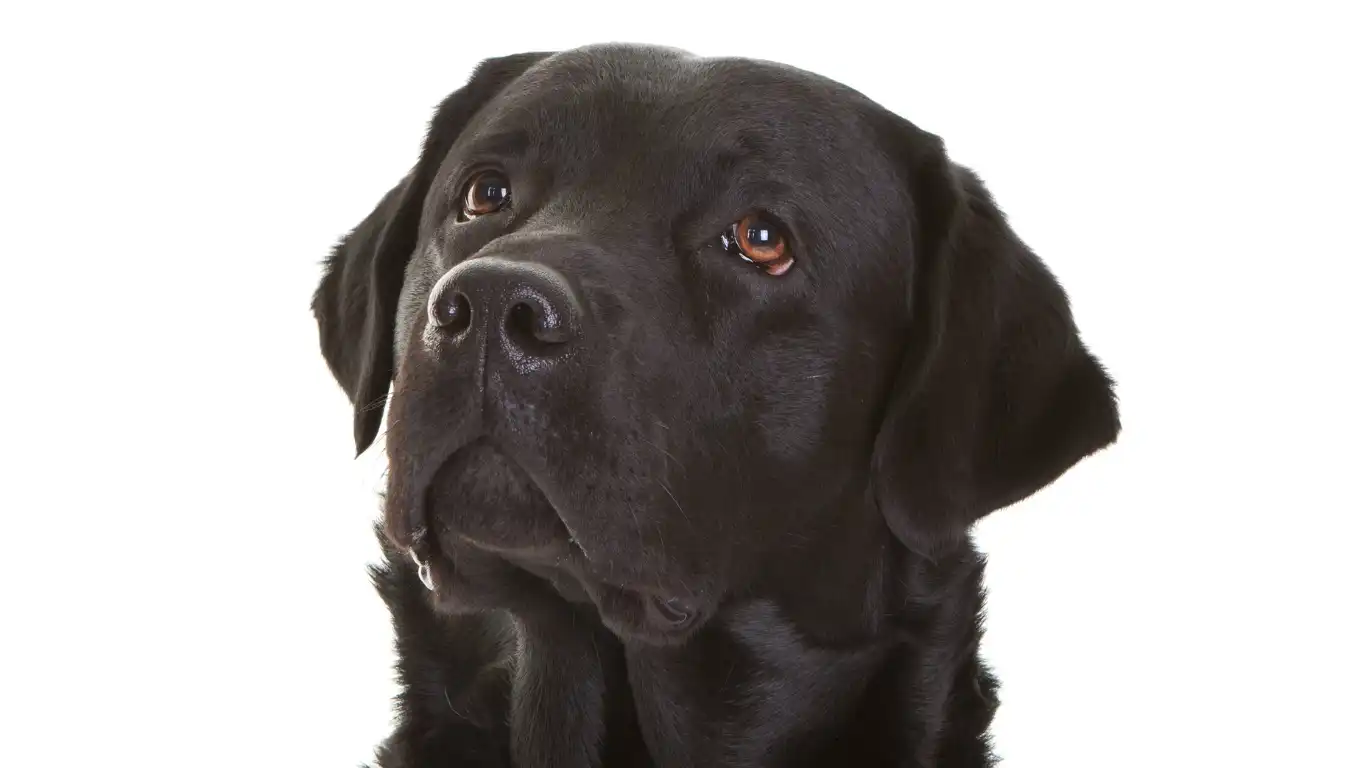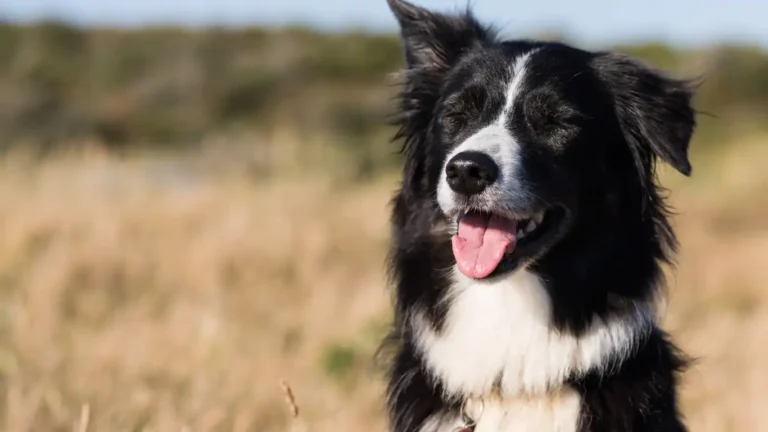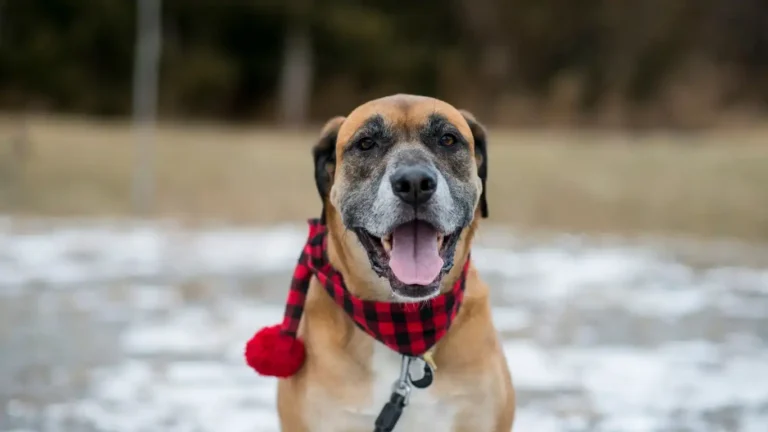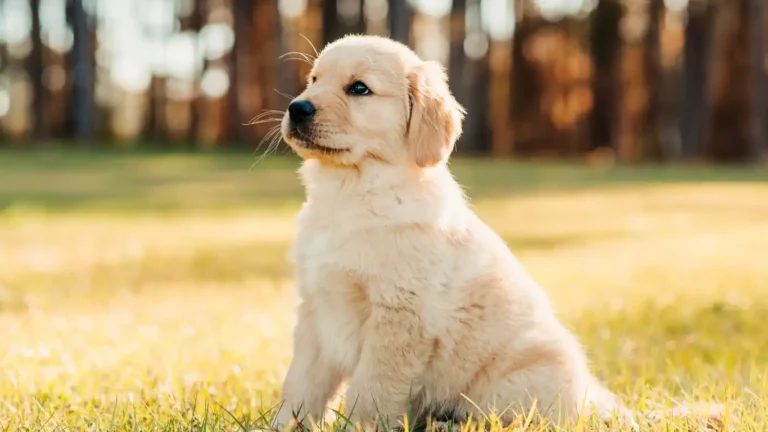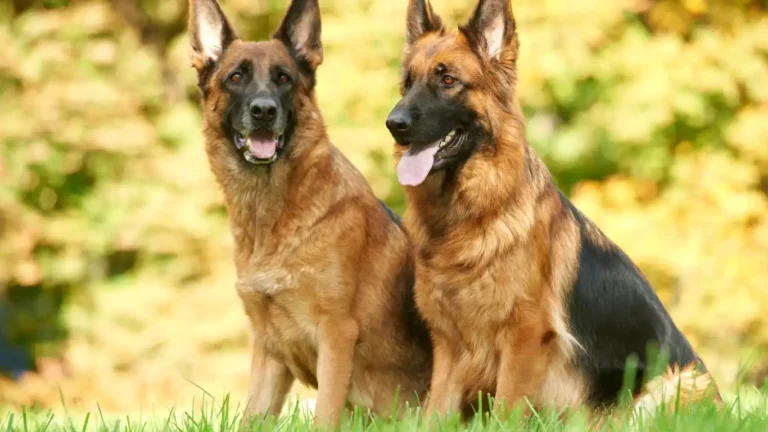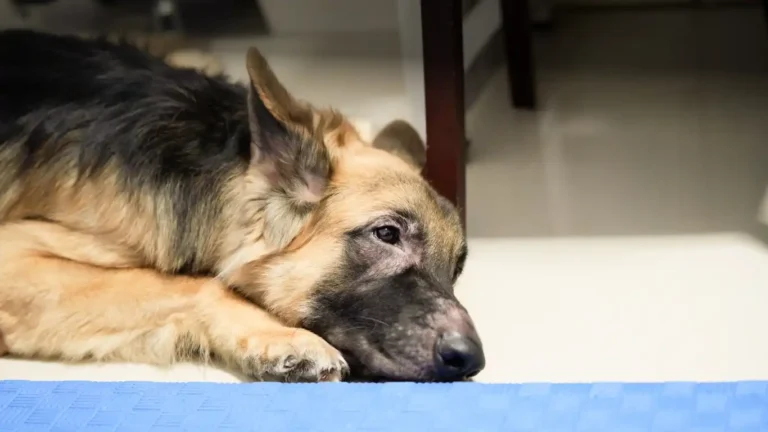Best Ways to Help a Dog Cope With Losing a Companion: Expert Tips
Watching a dog grieve the loss of a beloved companion is one of the most heart-wrenching experiences we can witness as pet parents and caregivers. As someone who’s worked closely with dogs for years as a Veterinary Technician and Nutrition Specialist, I’ve had a front-row seat to how deeply our pups can be affected by this kind of emotional trauma. The best ways to help a dog cope with losing a companion often require more than just time—they need our patience, presence, and some practical support. Let’s dive into how you can recognize the signs of grief and offer comfort that truly makes a difference.
Understanding the Grieving Process in Dogs

First off, yes—dogs absolutely grieve. I can’t count the number of clients who’ve come in thinking something was physically wrong with their dog, only to discover the issue was emotional. Whether it’s the loss of another dog, a cat, or even a human companion, the emotional impact is real.
Just like us, dogs can experience denial, sadness, anxiety, confusion, and even depression. I remember one case clearly—a senior Labrador named Moose who stopped eating and would just lie in the corner of the living room after his lifelong buddy, Max, passed. Moose’s body was fine, but his spirit? Not so much. His tail barely wagged for weeks.
Common Signs Your Dog is Grieving
Every dog expresses grief a little differently, but here are some of the most common behaviors I’ve seen both in the clinic and in my own home:
- Changes in appetite: Refusing food or eating significantly less.
- Sleeping more—or less—than usual: Either lethargic or restless.
- Clinginess: Following you around, seeking comfort constantly.
- Vocalization: Whining, howling, or barking more frequently.
- Searching behavior: Sniffing out the lost companion’s favorite spots or waiting by the door.
- Lack of interest in play or walks: Even treats lose their appeal.
Of course, these symptoms can overlap with medical issues, so it’s always a smart move to check in with your vet if your dog seems “off” for more than a few days.
Best Ways to Help a Dog Cope with Losing a Companion
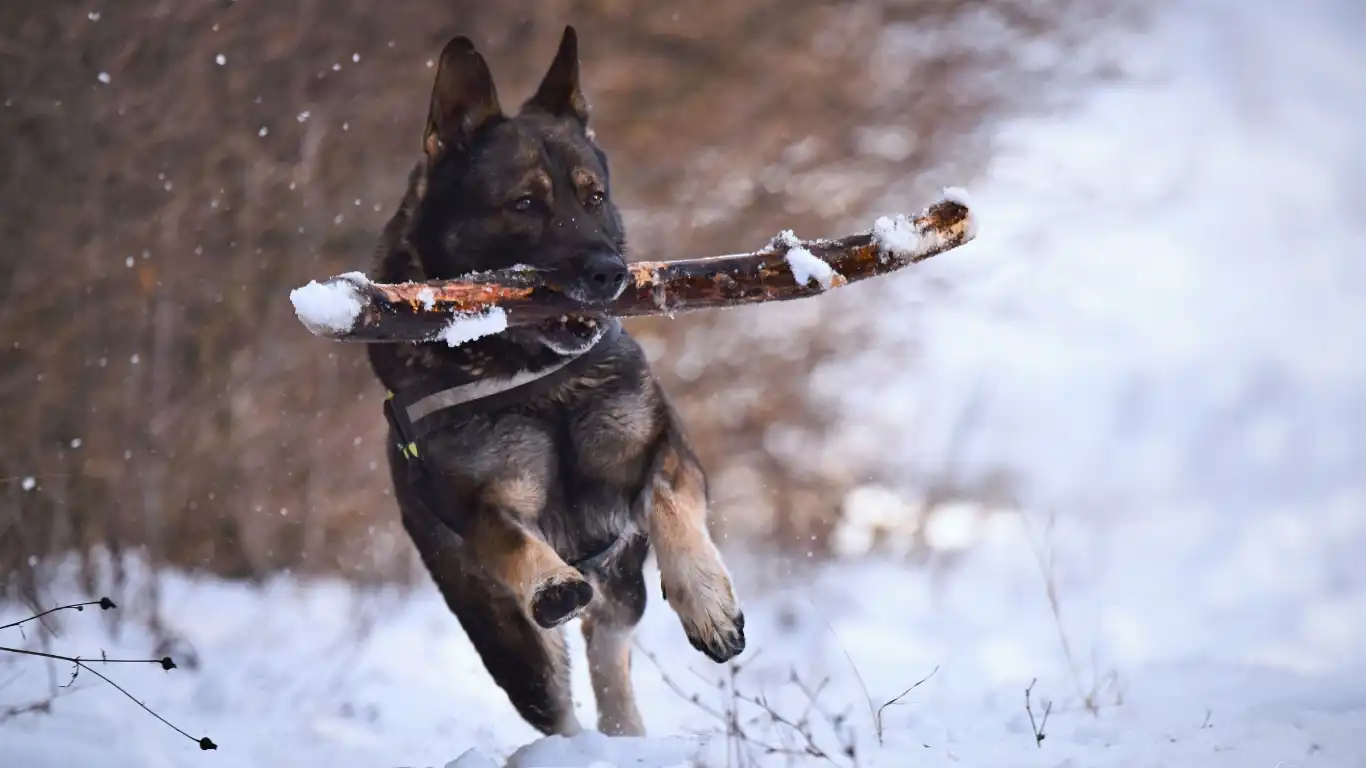
Helping your dog through grief isn’t about fixing the sadness—it’s about supporting them through it. And no, there’s no “one size fits all” method, but these are strategies I’ve used personally and professionally that really make a difference.
1. Stick to a Routine (Even When You Don’t Feel Like It)
Dogs thrive on structure. When their world gets flipped upside down, like losing a buddy, maintaining a predictable routine gives them a sense of security. I’m talking feeding at the same time every day, sticking to walk schedules, bedtime rituals, the works.
In one case, a nervous Border Collie I worked with after the loss of her sister dog started eating again once her daily park visits resumed—familiar smells and environments helped her snap back into life’s rhythm.
2. Offer Comfort Without Over-Coddling
This one’s tricky. It’s totally natural to want to smother your grieving dog with affection. I’ve been there. But too much can actually reinforce anxious behaviors. Instead, offer comfort by just being present—lie next to them, speak calmly, invite them to cuddle (but don’t force it).
Sometimes, the quiet moments of simply being together do more than a hundred treats ever could.
3. Keep Their Mind and Body Busy
Enrichment is powerful therapy. After losing a playmate, a dog’s mind can spiral into boredom and sadness. Introducing new activities and mental stimulation helps break the cycle. Try things like:
- Food puzzles or slow feeders
- Short training sessions with new tricks
- Sniff walks—let them explore at their pace
- Interactive toys or frozen treat-stuffed Kongs
I’ve seen depressed dogs perk up almost overnight when challenged with something mentally engaging. It doesn’t need to be fancy—it just needs to make them think.
4. Bring in Familiar Comforts
One often overlooked tool is scent. Dogs live in a world of smells, so keeping a blanket, toy, or bed that belonged to the lost companion can provide surprising emotional stability.
I once suggested this to a client who was about to throw away her late pup’s bed. Instead, she placed it in the sunniest corner of the house, and her grieving dog would curl up there daily, like it was a sacred space. It became part of the healing process.
5. Consider Their Diet and Supplements
Now, here’s where my nutrition background kicks in. When a dog is under emotional stress, their digestive system can take a hit. It’s worth revisiting their diet—easily digestible meals with high-quality protein and maybe a probiotic can go a long way.
Some supplements like L-theanine, chamomile, or even vet-approved calming chews can also help support the nervous system. Always check with your veterinarian first, though—especially if your dog is on any medications.
Watch Their Social Behavior
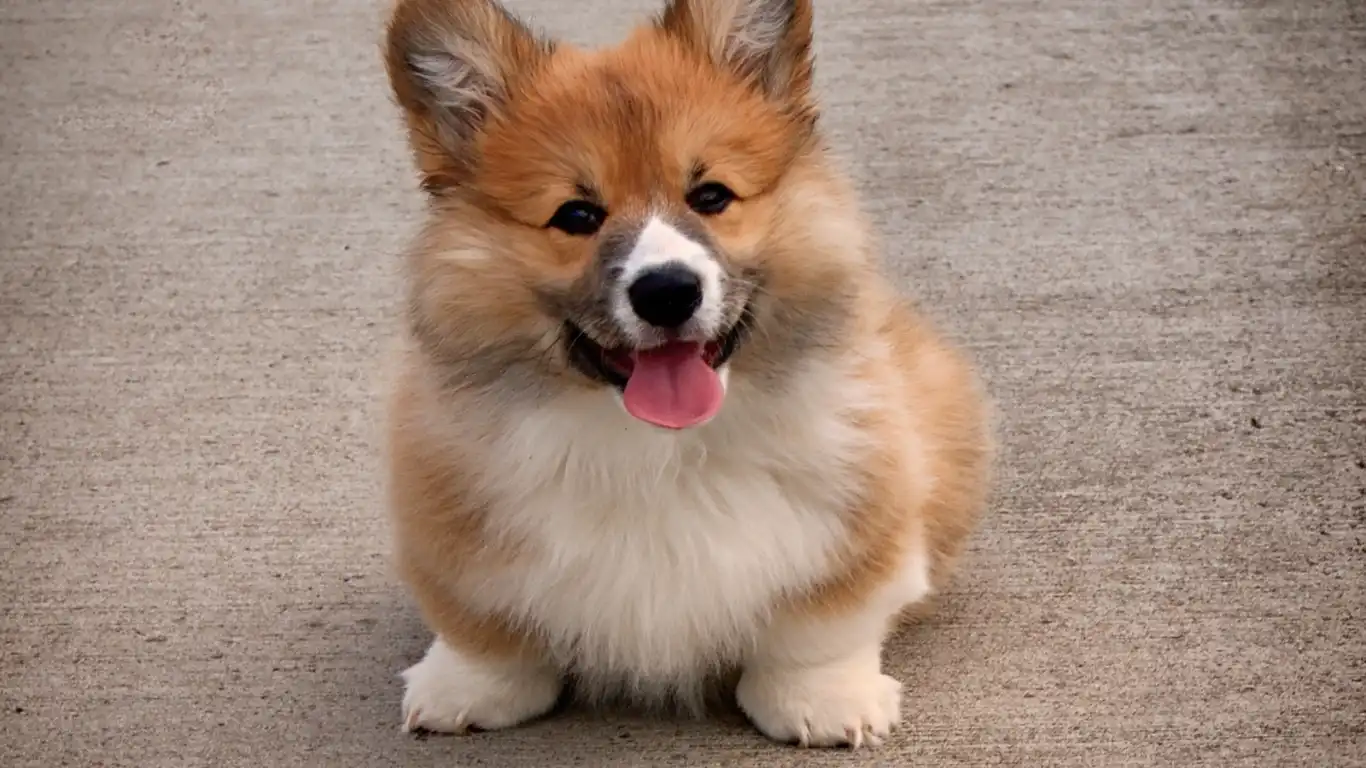
Lastly, keep an eye on how your dog interacts with other animals or humans during this time. Some dogs may withdraw, while others might form new bonds quicker than expected. I’ve seen shy dogs become more social after losing an alpha companion—it’s like they step into a new role, sometimes unexpectedly.
Give your dog the freedom to grieve their own way, but be there to gently guide them out of the fog. You don’t need to “fix” anything—you just need to walk beside them.
When (and How) to Introduce a New Companion

This is a question I get *all the time* from clients and friends alike: “Should I get another dog to help my grieving dog feel better?” It’s a super valid thought—and sometimes it can be helpful—but only under the right circumstances. Timing is everything.
I’ve seen this go both ways. One family rushed into getting a new puppy just a week after losing their senior dog, thinking it would cheer up their other dog, Bella. Instead, Bella grew even more withdrawn. Turns out, she wasn’t ready to share her space, let alone her heart, with anyone new yet.
Signs Your Dog Might Be Ready for a New Companion
So how do you know if your pup is open to the idea of a new furry friend? Look for these signs:
- They’re starting to show more energy and curiosity again.
- They engage with other dogs during walks or at the park.
- They no longer seem distressed when left alone.
- They appear bored or lonely but no longer depressed.
Basically, if your dog’s grief has started to lift and they’re showing some social spark, that might be your green light. But still—go slow. Introduce any new companion gradually and in neutral territory if possible.
Let Them Decide the Pace
When I introduced a new rescue to my own grieving pup, I gave them separate beds, separate feeding areas, and tons of supervised time to just sniff and observe. No pressure. They ended up curled up together about two weeks later—and it was totally on their terms. That’s the key: don’t rush connection. Let it unfold naturally.
Using Scent to Comfort a Grieving Dog
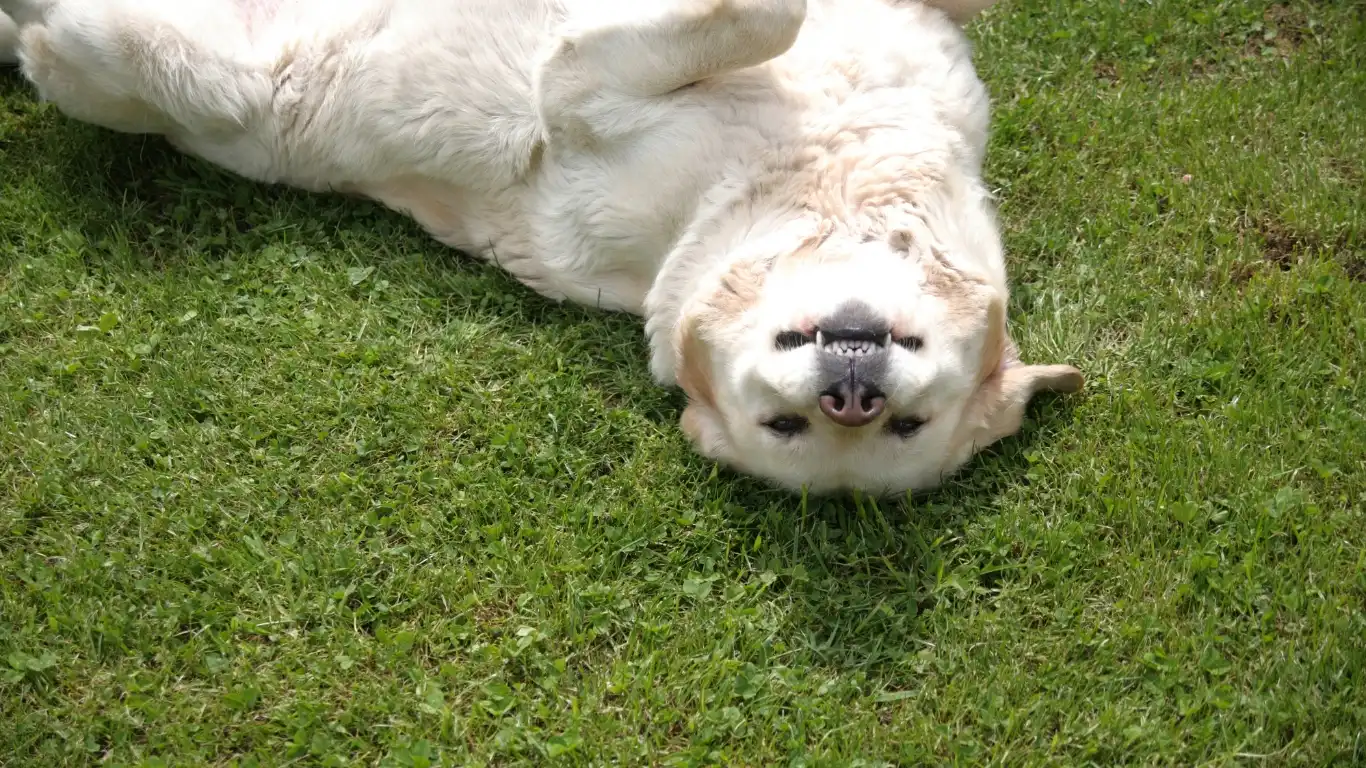
Let’s talk more about scent because honestly, this tool is so underrated and wildly effective. As someone who’s worked with post-surgery and anxiety-prone dogs in clinical settings, I’ve used scent therapy in multiple ways—especially when grief is involved.
Keep Items with Familiar Smells
As mentioned earlier, keeping the lost companion’s bed, blanket, or collar can be calming. But you can also rub an old shirt or towel on your own skin or theirs to add even more comfort. This helps reinforce the connection and reminds them they’re not alone.
In more severe grief cases, I’ve even recommended owners create a “scent box” filled with favorite toys, cloths, or bedding that smells like the companion. Dogs will often return to it, especially at night or during quiet hours.
Essential Oils (With Caution)
Another tool I sometimes use in clinic or at home: dog-safe essential oils. A diffuser with calming scents like lavender or chamomile—just a few drops—is enough to gently soothe a stressed-out pup. Always ensure the oils are 100% pet-safe and used in a well-ventilated area. Not all dogs like it, so introduce slowly.
Give Your Dog a “Job” or Purpose

This might sound odd, but I’ve seen this help grieving dogs more times than I can count: give them something meaningful to do. Dogs—especially working breeds—often feel lost after losing their “pack member” because they don’t know what their role is anymore. By giving them a job, you’re giving them direction.
Ideas for Purposeful Activities
Try things like:
- Basic training refreshers: Sit, stay, paw—it boosts confidence.
- Trick training: Spin, rollover, balance a treat on the nose—fun and challenging!
- Therapy-style tasks: Teach them to bring you a blanket or toy.
- Doggy puzzles: Let them problem-solve for rewards.
When I worked with a grieving Golden Retriever named Daisy, she was completely unmotivated—barely responded to food or toys. Her owners started asking her to do simple tasks again, like fetching the mail (literally, from the box to the porch) and it sparked something in her. Within a week, she was bouncing around again, tail wagging with purpose.
Don’t Overlook Your Own Grief
Now, I want to get real for a second. Sometimes when we’re focused on our dog’s emotional pain, we forget about our own. And believe me, your dog picks up on that. They’re so intuitive—it’s honestly wild how much they sense.
If you’re holding back tears, avoiding your lost pet’s favorite spot in the house, or shutting down emotionally, your dog sees it. They mirror our emotions. So if you’re feeling heavy and heartbroken, it’s okay to acknowledge that and grieve together.
Take walks where you both can breathe. Sit with your dog and talk out loud—I do this often. Sometimes, I’ll light a candle, sit with their collar, and let myself cry. My dog always nudges up beside me. It’s like a mutual therapy session, and yeah, it helps us both heal.
Build New Routines Together
Eventually, one of the healthiest ways to move forward is by creating new memories and experiences together. You’re not trying to replace the old ones—just making space for new joy. That might mean finding a new walking path, adding in a weekly hike, or visiting a dog-friendly café together.
When my own dog lost her companion, I started a “Sunday Sniffari”—we’d explore a new location every Sunday where she could sniff to her heart’s content. She lit up in those moments. It became our little healing tradition, and now she gets excited every Sunday morning like clockwork.
Sometimes the best thing we can do is gently guide our dogs—and ourselves—toward a life that honors the past without being stuck in it.
Explore Calming Therapies and Natural Remedies
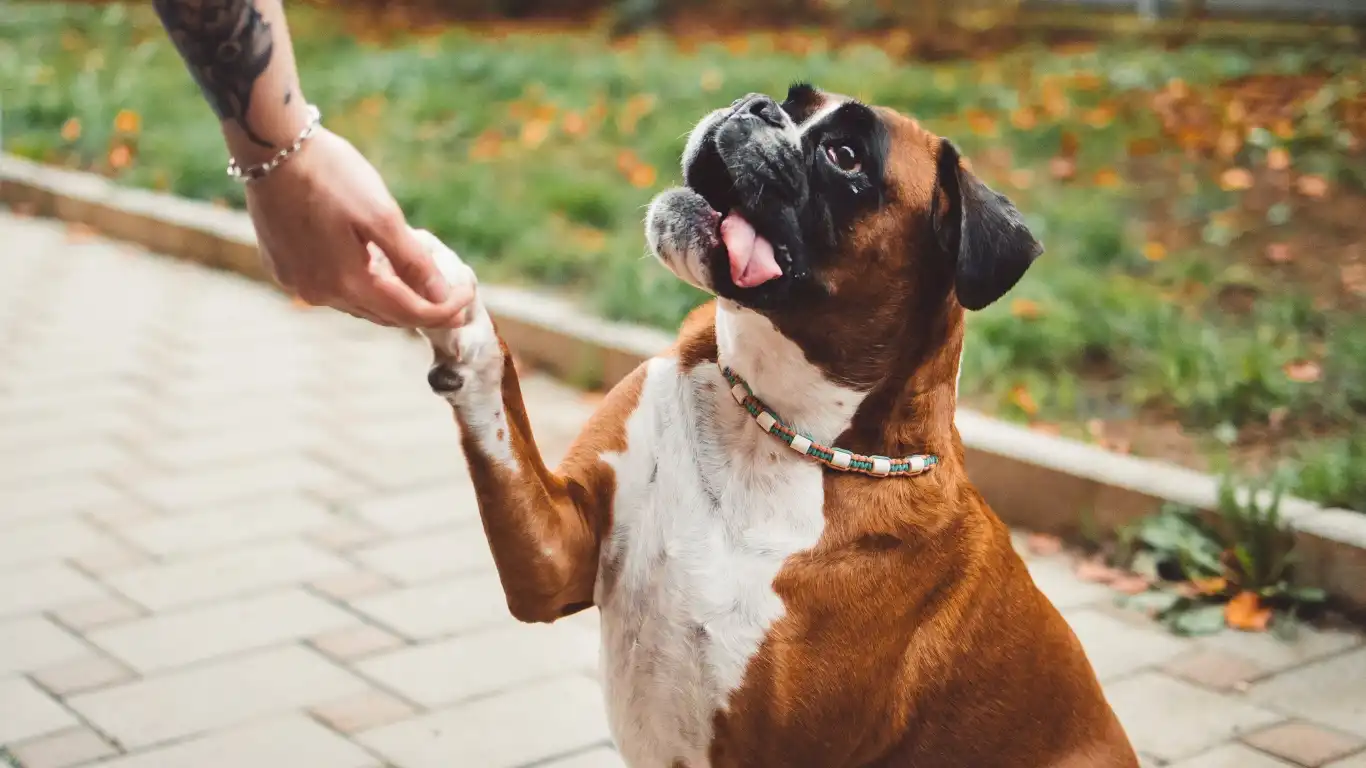
Once you’ve helped your dog through the toughest emotional valleys, there’s still work to be done. Some dogs benefit from a little extra support in the form of calming therapies or holistic remedies. And as someone who’s worked in veterinary clinics and consulted with holistic vets, I’ve seen how effective the right approach can be.
Massage and Tactile Therapy
I always recommend canine massage as a starting point—especially for dogs who are tense, anxious, or restless after a loss. You don’t need to be a pro either. Simple, slow strokes from head to tail, focusing on muscle groups, can ease anxiety and lower cortisol levels. It also strengthens your bond.
One of my patients, a terrier mix named Olive, responded incredibly well to nightly massage after her housemate passed. Her owner told me she’d go from pacing the hallway to completely relaxed within minutes. You could just see her start to let go.
Try Calming Supplements (with Vet Guidance)
There are a handful of well-studied natural supplements that can help dogs manage anxiety and emotional distress, especially in the early stages of grief. Some options include:
- L-theanine: Naturally calming and safe for long-term use.
- CBD (vet-approved formulations only): Can help take the edge off, especially if grief is affecting appetite or sleep.
- Valerian root or chamomile: Gentle herbal options, often found in calming chews.
Remember to always talk with your vet before introducing supplements, especially if your dog is on any medication or has a sensitive tummy. A great resource on this topic is PetMD, which regularly covers safe supplement use for dogs.
What If the Grief Doesn’t Go Away?

This is a hard one, but it’s important to talk about. Some dogs take much longer to heal—or may even fall into full-on depression that lingers. If your pup has been down for weeks with little or no progress, it might be time to bring in professional help.
Work with a Certified Canine Behaviorist
Just like people, dogs can benefit from professional support. A certified behaviorist or grief-informed trainer can help assess what’s going on and put together a personalized plan. In some cases, desensitization exercises or structured play therapy can rewire how your dog processes daily life again.
I referred a grieving Husky named Rolo to a behaviorist after he stopped eating and lost interest in everything for nearly two months. With some tailored scent work games, targeted movement exercises, and a gradual reintroduction to his favorite spots, Rolo started to come back to life. Honestly, it was like watching a flower bloom in slow motion.
Rule Out Underlying Health Issues
This one’s big: chronic grief symptoms sometimes mask underlying health issues. Loss can trigger pre-existing conditions to flare—especially GI issues, arthritis, or heart problems. If you notice changes in weight, gait, or any signs of physical discomfort, definitely get your vet involved.
Loss-related stress can be inflammatory, and that inflammation affects the whole body. The National Institutes of Health (NIH) even has research linking emotional trauma to immune and metabolic changes—so it’s not just “in their head.” Their body feels it, too.
Create a Memorial or Legacy for the Lost Companion
This might sound more like something for us humans, but dogs feel the shift in energy when we start honoring rather than mourning. I’ve seen this time and time again.
Whether it’s setting up a little photo corner with a candle, planting a tree in their memory, or even just saying their name aloud during your walks—it helps. And believe it or not, it helps your dog, too. They sense the intention, the energy, the quiet reverence. It brings a new layer of peace to the home.
I once had a client whose grieving Boxer would sit at the base of a memorial garden every morning. Just sit. No pacing, no whining. Just peace. And over time, that space became their new favorite spot for morning cuddles.
Helping a Dog Grieve Also Heals Us
This whole journey—supporting your dog through loss—is as much about you as it is about them. You’re healing together. You’re learning to love again, to be patient, to feel deeply. And honestly? That’s one of the most beautiful things about sharing life with dogs—they teach us how to feel more, not less.
So yes, the best ways to help a dog cope with losing a companion might involve routines and supplements, new walks and quiet nights, but at the end of the day, it’s all about showing up consistently with love, presence, and trust.
If your dog is grieving, just know: you’re already doing more than enough by simply being there. That gentle presence you offer? It’s their lighthouse in the fog.
References
Disclaimer
This article is based on professional experience as a veterinary technician/nurse and is intended for informational purposes only. It should not replace professional veterinary advice, diagnosis, or treatment. Always consult with a qualified veterinarian regarding any concerns about your dog’s health or behavior.
